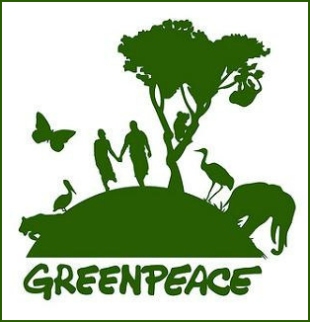Greenpeace, the environmental activist group, came into existence on September 15, in 1971. Reflect upon this brief but inspiring video of their present-day mission:
The first actions taken on behalf of the environment involved the efforts of committed members to stop a 1971 nuclear test on Amchitka, part of the Aleutian Islands. Bob Hunter, a journalist who was a founder of Greenpeace next turned to saving the whales.
In a video called Greenpeace: The Inside Story, Rex Weyler, the co-founder of the world's largest direct-action environmental, shares his enthusiasm about the courage and dedication of those seeking to bring about authentic and lasting change in our troubled world. He says, "We defend the natural world and promote peace by investigating, exposing, and confronting environmental abuse, championing environmentally responsible solutions, and advocating for the rights and well-being of all people." His words could serve as an expression of the "core-values" of Greenpeace, which now has both U.S. and international branches.
According to their website, this busy organization is working on the following campaigns: saving the Arctic, protecting forests, fighting global warming, protecting our oceans, living toxic-free, promoting sustainable agriculture, and defending democracy.
To Name This Day . . .
 Spiritual Practice
Spiritual Practice
One of the most important tools of those trying to heal and sustain the world of nature is empathy. Here is a rich and deep practice of it.
" A powerful way of learning about the elements is to merge with each one individually. To do this you must enter a deep meditative state — for you want to lose yourself and become one with element you are merging with. This is an allowing process; you cannot do it with your mind, you must sink into the experience.
"As air, you might become the mighty wind, or you might be the quiet stillness of the air on a perfect summer day, or you might be a gentle breeze moving through the grass or trees, or the great gusts surfing through the landscape.
"As earth, you might be a grain of sand that drifts through eternity, or a plot of earth being fed nutrients from the other elements. You might become the earth of a desert, a tropical island, or a rain forest.
"As fire, you might become a raging fire, or the small bright flame of a birthday candle, or a flame of a candle burning at a romantic dinner, or the fire in a volcano, or the fire of a beautiful sunrise or sunset.
"Do this exercise over time. Don't attempt to merge with all the elements in one day. You will not have the time to process the material and receive the learning you need. You might choose to work with one element for a month or in one particular season."
— Sandra Ingerman in Medicine for the Earth
